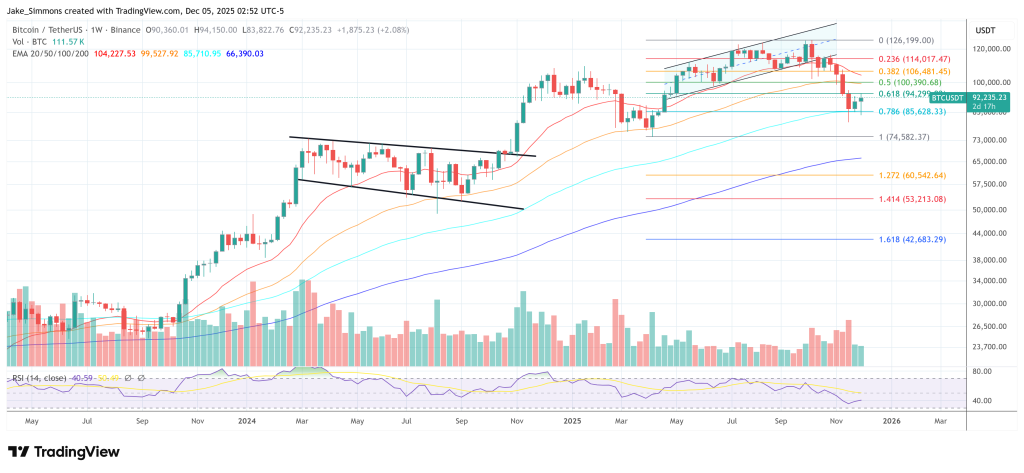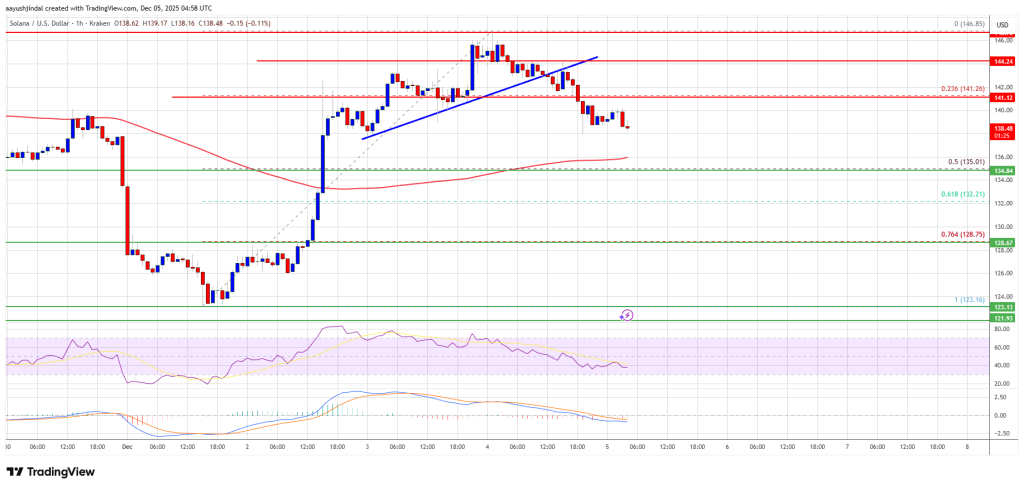
Bitcoin Pauses Near $110K as Institutions Keep Buying—Will Economic Data Be the Next Catalyst?
Bitcoin’s rally has hit a momentary pause, hovering just below the $110,000 mark as investors await fresh signals from key economic data and Nvidia’s upcoming earnings. Despite the stall, institutional appetite for BTC remains strong, indicating continued confidence in the crypto’s long-term potential.
A Brief Cooldown as Traders Watch the Macroeconomic Horizon
Bitcoin is treading water just under $110,000, weighed down by macroeconomic uncertainty and a cautious mood in global markets. Much of the hesitation can be traced to expectations around Nvidia’s earnings report on May 28, and the potential ripple effects it could have across tech stocks and risk assets more broadly.
Still, the mood turned slightly more optimistic on May 26 after U.S. President Donald Trump announced a delay in his planned 50% tariff hike on European Union imports, pushing the decision to July 9. European equity markets welcomed the move with a strong open, but Bitcoin didn’t manage to hold its recent highs, slipping to around $108,392. That has left some traders wondering: is a new all-time high still within reach?
Market Fundamentals Remain Solid
Even if Bitcoin dips toward $105,000 in the short term, there’s little sign of panic among institutional players or derivatives traders. On May 26, the premium on two-month BTC futures rose to 8% from 6.5% the previous day — a steady, healthy level that indicates growing demand for long positions without signs of excessive leverage.
To put that in perspective, back in December 2024, when Bitcoin broke through $100,000 for the first time, the futures premium soared to 20%, a signal of far more speculative froth.
Nvidia, Inflation Data Could Set the Tone
While the delay in EU tariffs may have soothed some nerves, it hasn’t erased broader concerns about the economic impact of trade tensions. All eyes are now on Nvidia’s quarterly results and U.S. inflation indicators due later this week. These could provide the clarity markets need to resume a more aggressive move higher.
Meanwhile, Bitcoin options data is flashing bullish signals. On May 25, the market’s put/call skew — a measure of sentiment — leaned heavily in favor of call options (bets on upside), with puts trading at a notable discount. That’s often a sign that bigger players are positioning for continued gains.
Institutional Buyers Aren’t Slowing Down
The real story behind Bitcoin’s resilience might be the unrelenting institutional demand.
Between May 19 and May 25, Michael Saylor’s company, Strategy, scooped up $427 million worth of BTC at an average price of around $106,237. At the same time, spot Bitcoin ETFs brought in another $2.75 billion in net inflows, pushing total holdings in these products ever higher.
Adding more fuel to the institutional fire, JPMorgan CEO Jamie Dimon revealed during the firm’s annual investor day that clients will soon be able to invest in spot Bitcoin ETFs through the bank. While JPMorgan isn’t offering crypto custody or directly endorsing digital assets, this move marks a major step toward mainstream exposure for the bank’s $6 trillion in customer deposits.
A Waiting Game for the Next Breakout
U.S. financial markets were closed on May 26 for Memorial Day, but the pause may not last long. Traders remain cautious amid broader concerns about U.S. government debt, a weakening housing market, and the specter of recession. For example, mortgage applications dropped 5.1% for the week ending May 23, highlighting a cooling in real estate demand.
The next test for Bitcoin and other risk assets will come with the Richmond Fed manufacturing index on May 28, followed by the Personal Consumption Expenditures (PCE) inflation report on May 30 — a key metric closely watched by the Federal Reserve.
If the data comes in strong — or even just stable — Bitcoin could finally break above the $112,000 mark and resume its climb into uncharted territory.




